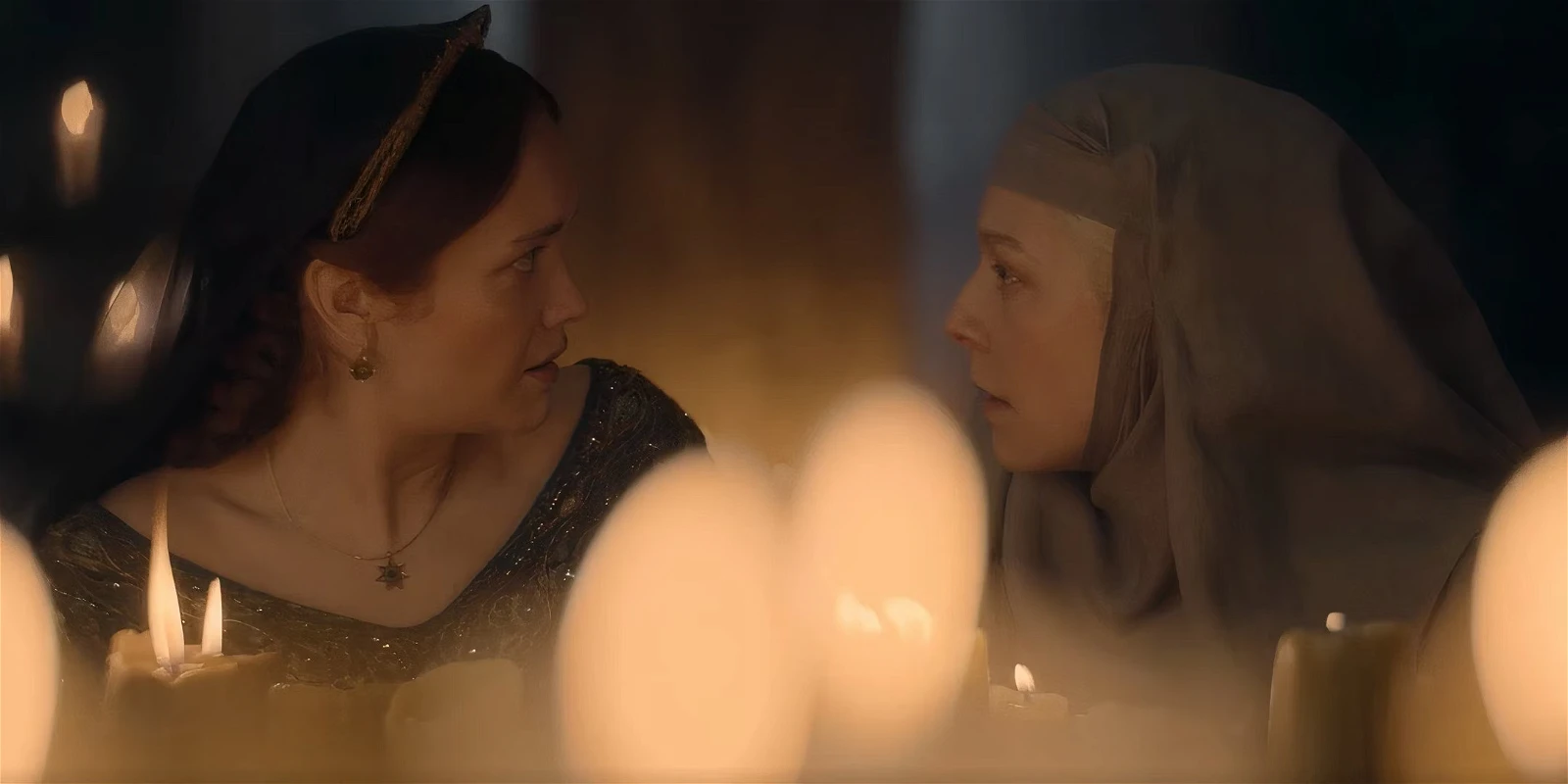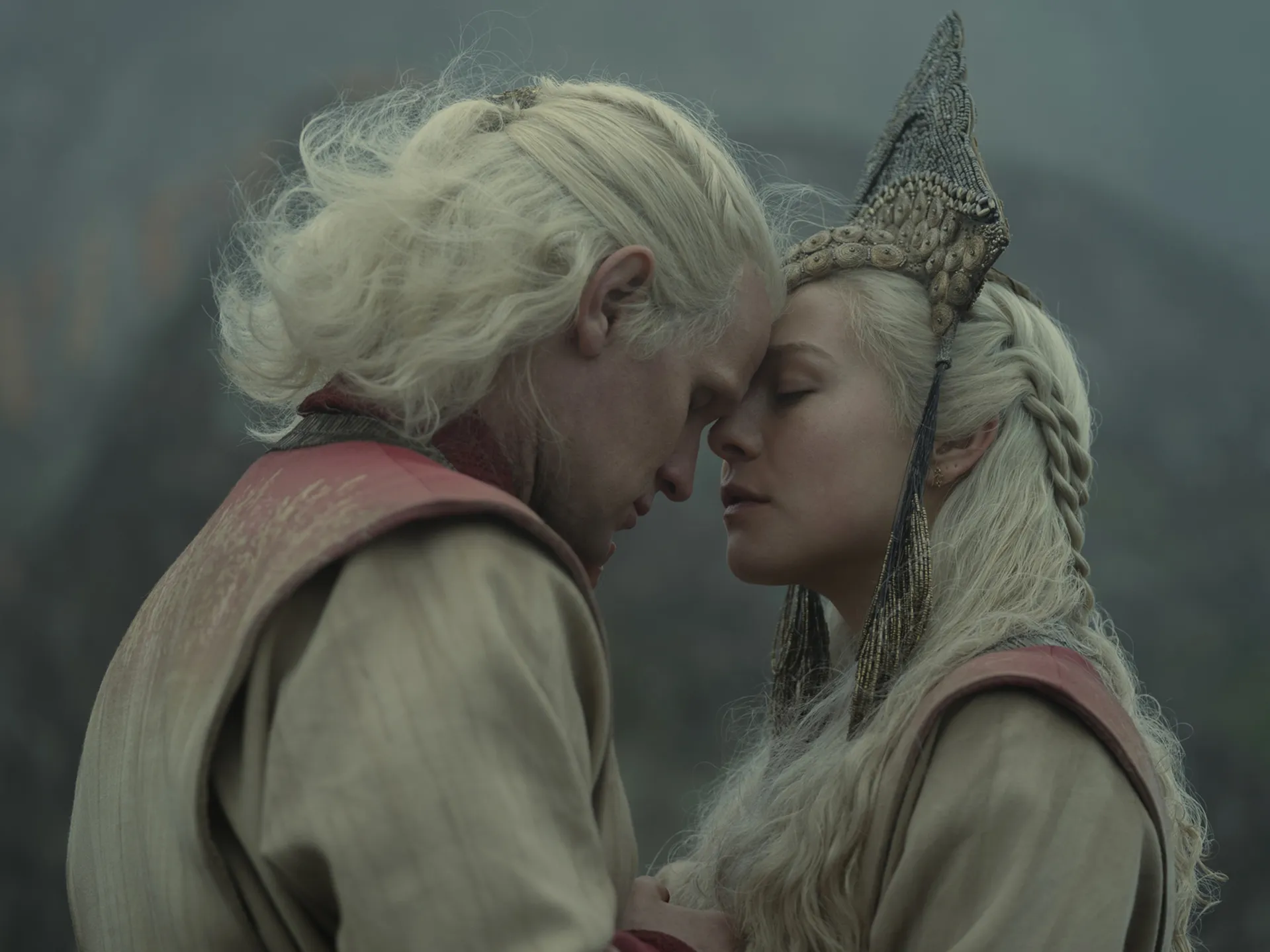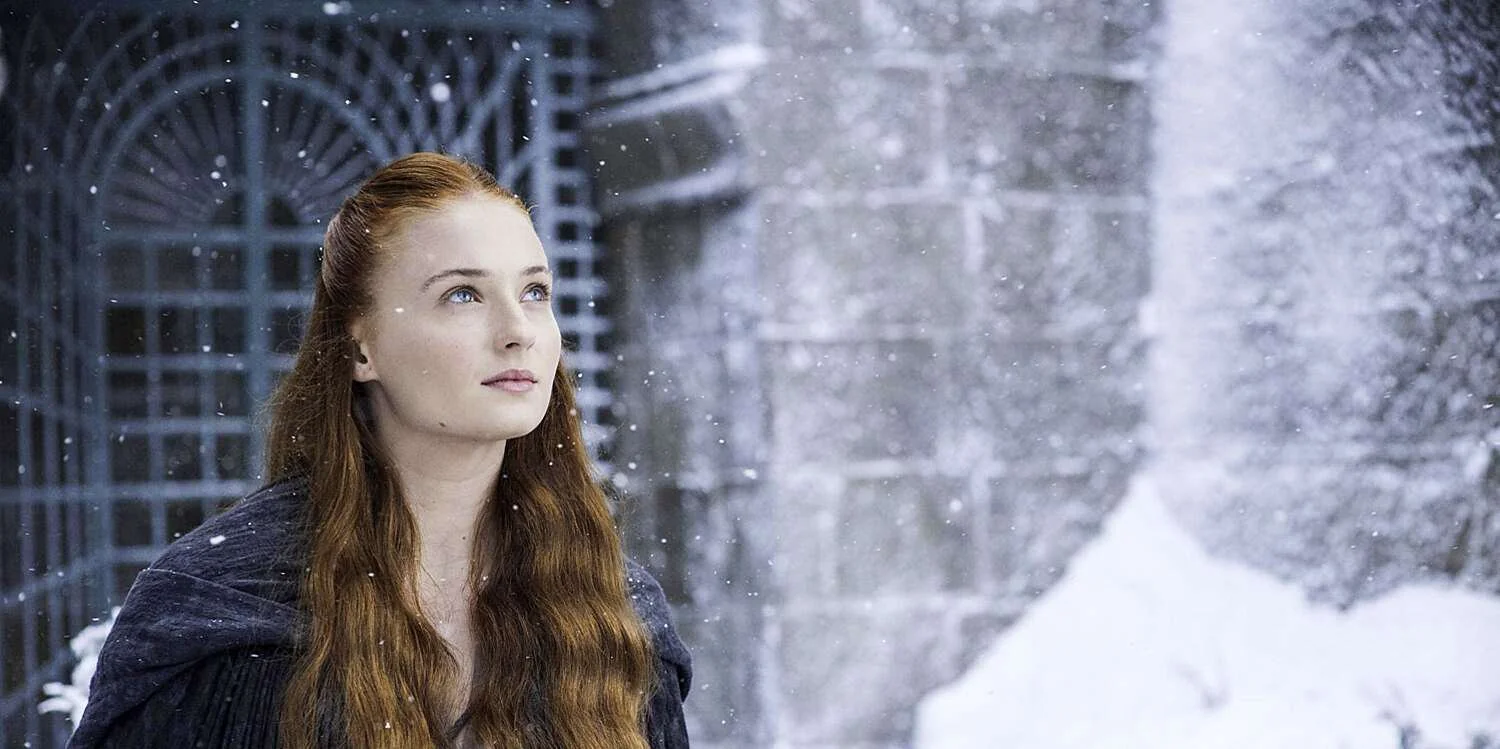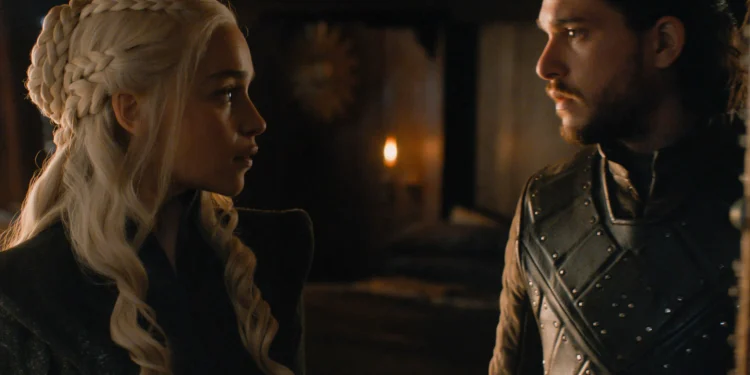George R.R. Martin’s epic saga has always been lauded for its complex characters and intricate political landscapes. However, the television adaptation of “House of the Dragon” (HoTD) seems to be taking a different route than its predecessor, “Game of Thrones” (GoT), particularly in the portrayal of its female characters. This shift has not gone unnoticed by the fandom, stirring up discussions and criticisms regarding the series’ treatment of these once powerful figures.

The Disempowerment of Alicent, Rhaenyra, and Rhaenys
In “Fire & Blood,” the book upon which HoTD is based, figures like Alicent Hightower, Rhaenyra Targaryen, and Rhaenys Targaryen are depicted as formidable and decisive. Alicent, a mastermind of political intrigue, led the Green Council with a deft hand. However, in the series, her character played by Olivia Cooke, is portrayed as a subdued shadow of her literary counterpart, her strategic prowess usurped by her father, Otto Hightower.
Similarly, Rhaenys Targaryen, portrayed by Eva Best, is reduced to a cautious advisor, her aggressive strategies in the book sidelined in favor of a more tempered approach. This is a stark contrast to her character in Martin’s narrative, where she is a proponent of using overwhelming force to secure victory.
The transformation is most noticeable in the character of Rhaenyra Targaryen. In the books, she is unapologetically ruthless, feeding her enemies to her dragon without a second thought. The series, however, hands her ferocity over to Daemon, leaving Emma D’Arcy’s Rhaenyra as a conflicted figure, robbed of the raw determination that defined her in the books.

Fan Reactions and Calls for Authenticity
The reaction from the audience has been one of disappointment and frustration. Fans have taken to social media to express their dismay at how the series has “stripped off” the personalities of these characters, arguing that the showrunners have sacrificed the essence of these women to fit a more conventional narrative. Tweets and posts highlighting these changes suggest a longing for the series to embrace the darker, more ambitious aspects of these characters, as was done in “Game of Thrones.”
For instance, where “Game of Thrones” showcased characters like Cersei, Daenerys, and Arya in roles that embraced both their darkness and power, HoTD seems hesitant to allow its female leads the same complexity. This hesitancy might stem from a reluctance to replicate the controversial character arcs from GoT’s final season, particularly the backlash following Daenerys’s abrupt descent into tyranny. However, this caution does a disservice to the narrative richness that Martin’s original work offers and to the characters themselves.
The Importance of Risk in Storytelling
“Game of Thrones” was never shy about taking narrative risks, which is part of what made it a groundbreaking series. The women of Westeros were as multidimensional and capable of violence as their male counterparts, a trait that added layers to the story and kept audiences captivated.

“Women can be just as violent as men; having a woman do things that are considered ‘evil’ or for self-gain doesn’t take away from the character.”
As “House of the Dragon” continues to unfold, there is still hope that the series might yet tap into the true essence of its female characters. Embracing the complexity and agency that Martin so brilliantly wrote into his books could not only align the show more closely with the source material but also provide a richer, more engaging viewing experience.
In the world of Westeros, power plays are not limited by gender. It’s high time “House of the Dragon” remembered that.









